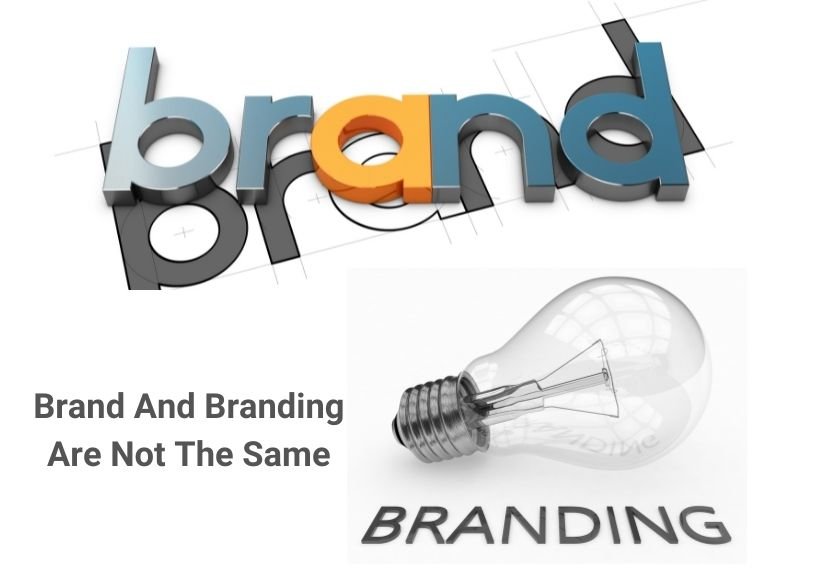Brand And Branding Are Not The Same

Many people use brand and branding as synonyms when marketing, but they are not the same thing and understanding the difference is crucial for anyone trying to build a successful business. Let’s examine the difference between brand and branding using examples so it is clear how these two terms function.
Table of Contents
What is a Brand?
A brand is the persona of an organisation, product, or service. It’s the totality of how someone feels as they think about a company. It includes the name, the logo, the colours, and the feelings or values they represent, and the overall impression left with someone after encountering a company over time.
For example, when you think of Apple, you don’t just think of products; you likely think of innovation, quality, and premium design. Apple’s brand carries sophistication and progressiveness in technology. It is essentially what people think of when they think of Apple.
What is Branding?
Branding is the development and creation of the brand. It involves the work to create how a business wants to be seen by other businesses. Branding involves packaging, messaging, advertising, and meeting customers to establish the company’s identity. Branding is the strategy a business uses to express its beliefs and values and differentiate itself from countless others.
Example: Coca-Cola applies various branding practices, such as using its red and white colour schemes, slogans and holiday advertising to affect how people connect with the company: happy, refreshing and iconic. Branding is the actions of Coca-Cola to create consistency or make the brand image memorable.
Brand and Branding Are Not the Same: Examples
To better illustrate the difference, consider the following examples:
Nike’s brand: If you think about Nike, you may consider the ideas of athleticism, high performance, strong motivational slogans or phrases like “Just Do It”. These are part of Nike’s brand.
Nike’s branding: Nike’s branding includes the ads about top athletes they run in magazines, as well as the use of phrases like “Just Do It”, and the method in which they market products that inspire action. This is the “branding” process that builds and reinforces the Nike brand.
Difference Between Brand and Branding in Marketing
In marketing, it is important to understand the difference between brand and branding. A business can have a brand, but if it does not have branding, it cannot communicate the brand or identity well enough to reach the correct audience. Branding helps define the perception of the brand, and is done through messaging, visual presentation and experiential offerings.
For example, a mom-and-pop coffee shop likely has a brand — they are known for their quality coffee and comfortable environment. But they have a brand identity, which may consist of marketing campaigns, a logo, and promotions to help reinforce their branding for potential customers.
Branding vs Brand Identity
Another important concept is brand identity. While it may sound somewhat similar to branding, there is a difference. Brand identity refers to the actual brand’s visual elements, for example, logos, colours and design. Branding encompasses brand identity and incorporates messaging, brand positioning and customer experience.
Conclusion
Overall, brands and branding are related yet separate ideas. A brand is the perception and identity that consumers associate with a business. Branding is the strategic approach that a company employs to develop and manage its identity. There can be no brand (meaningful perception or identity) without branding (applying an impact strategy). Without branding, a brand cannot be defined or communicated clearly to the target audience. Both are very important in developing and sustaining a strong, recognisable, and successful business.
For businesses to succeed, they must work to both define their brand identity clearly and consistently execute their brand strategy. When done correctly, a strong brand identity coupled with consistent branding will strengthen customer loyalty, increase market share, and create memories in the marketplace that will be beneficial to their business growth.
